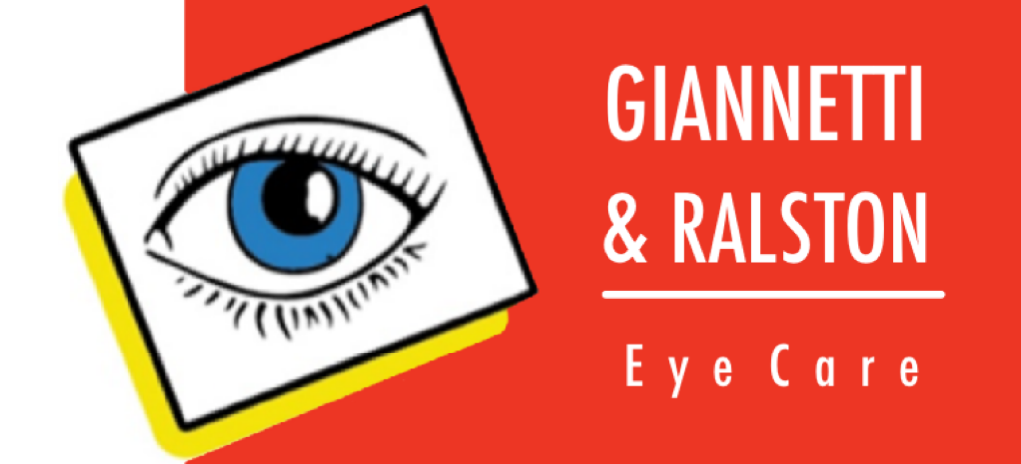Eye Diseases
Below are short descriptions of various eye diseases. They are not intended as comprehensive definitions. If you have additional questions or need evaluation for any of these, please contact us.Cataracts
A cloudiness of the normally clear lens inside the eye. Age is the chief cause; however certain illnesses, medications, and trauma are also causes. Remediation is surgery to remove the cataract and insertion of a replacement intra ocular lens (IOL).
Chalazion
Commonly called a “stye”. This is a non-inflamed bump on the eye lid remaining from a hordeolum. Most often remediation involves lancing and drainage if the problem gets to this point.
Conjunctivitis (Pink Eye)
The term for any inflammation of the membrane covering the front, white part of the eye. The common lay term “pink eye” would be a viral infection of the conjunctiva causing a pink rather than a red eye. Eye drops are the most common treatment.
Dermatochalasis
Extra folds of skin on the upper eye lids that often cause the eyes to appear less open than they originally were. Technically this is not a “droopy eye lid”. Surgery is the most common treatment, however insurance carriers require careful differentiation between “cosmetic” and “medically necessary” surgery.
Diabetic Retinopathy
This is the most common and visually destructive effect of diabetes on the eye. This results in leaky blood vessels causing either swelling or bleeding and reduced vision. Improved diabetes management, injections into the eye, and laser surgery are the treatments.
Hordeolum
An inflammation of the oil glands of the eye lids. The gland swells and becomes painful. Eye drops and oral antibiotics are frequently ineffective. Best treatment often is warm compresses and mild compressions.
Ocular Allergies
These are mostly seasonal allergies. Many patients find their normal oral allergy medications do not adequately relieve the ocular symptoms. The correct OTC or Rx eye drops may be much more effective.
Glaucoma
Called the “silent thief of vision”. This often presents as increased pressure in the eye, but can occur when pressures are “in the normal range”. Damage occurs to the optic nerve by reduced blood flow. Treatments include eye drops, laser surgery, intra ocular surgery or a combination. Treatment is lifelong.
Macular Degeneration
The macula provides “straight ahead vision” and is very susceptible to blood flow problems. There are two forms “wet” and “dry”. Wet implies vascular problems causing leakage and swelling. Dry implies no leakage but tissue dysfunction due to poor blood flow. Wet is treated mostly with intra ocular injections, dry mostly with nutritional supplements.



